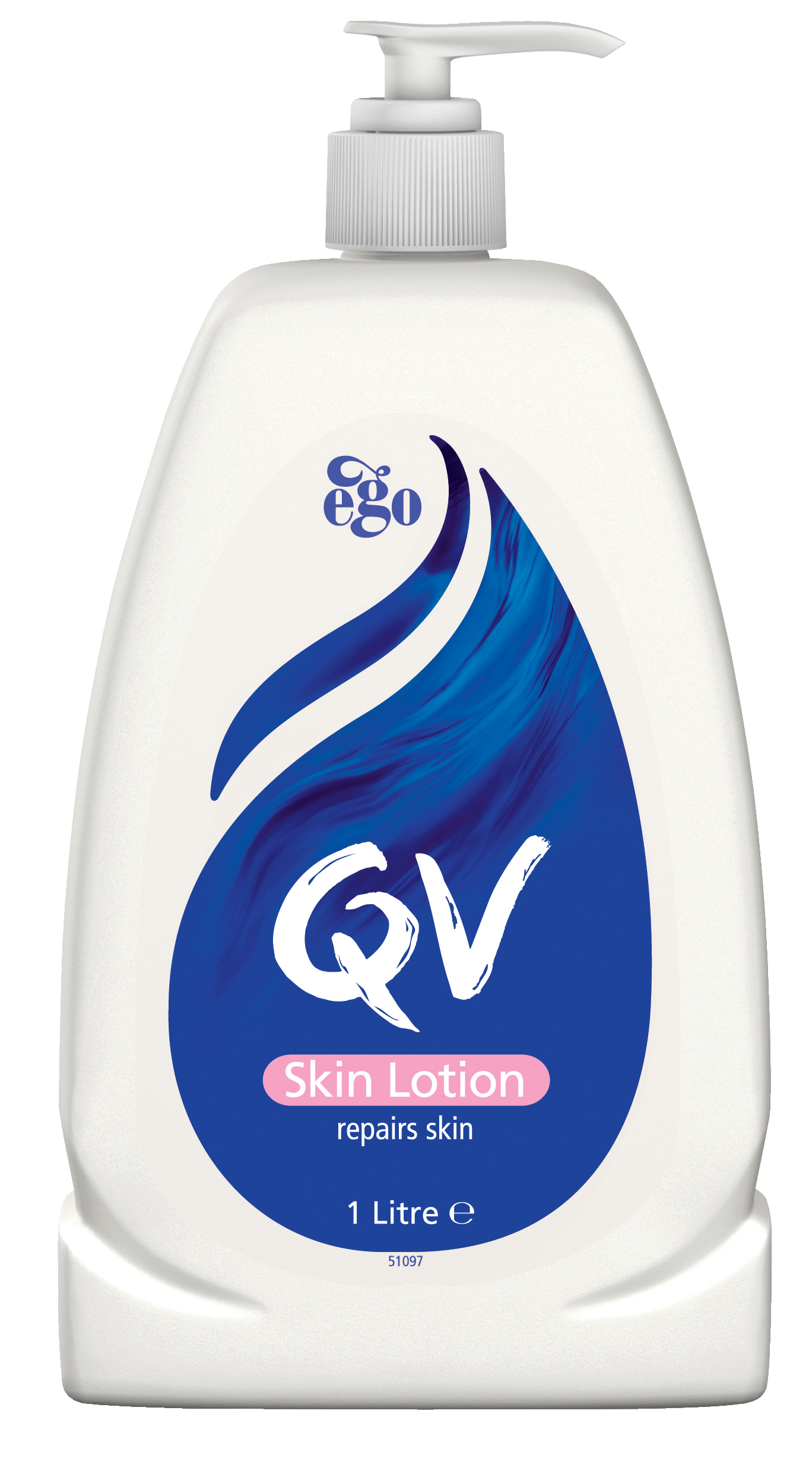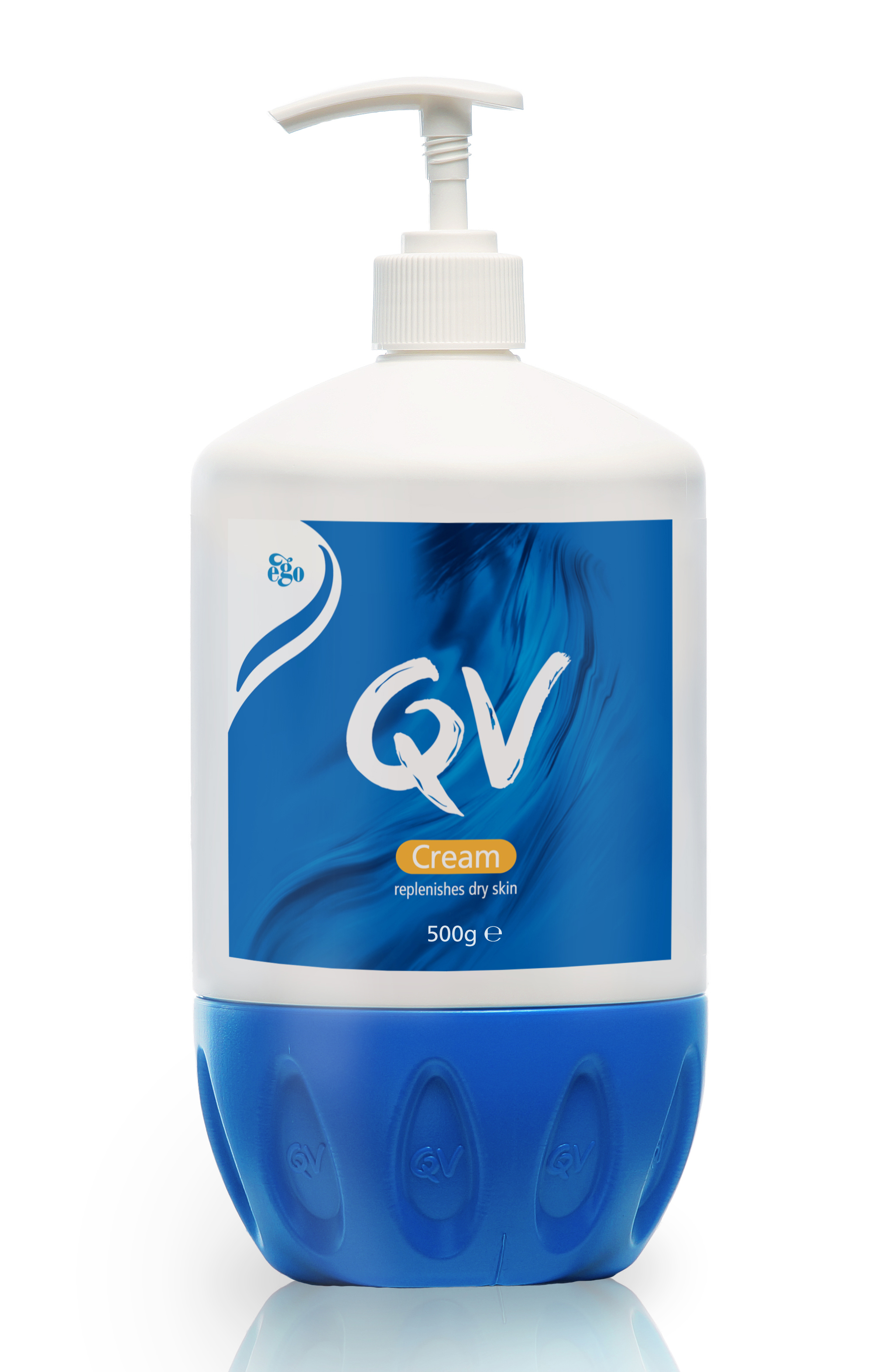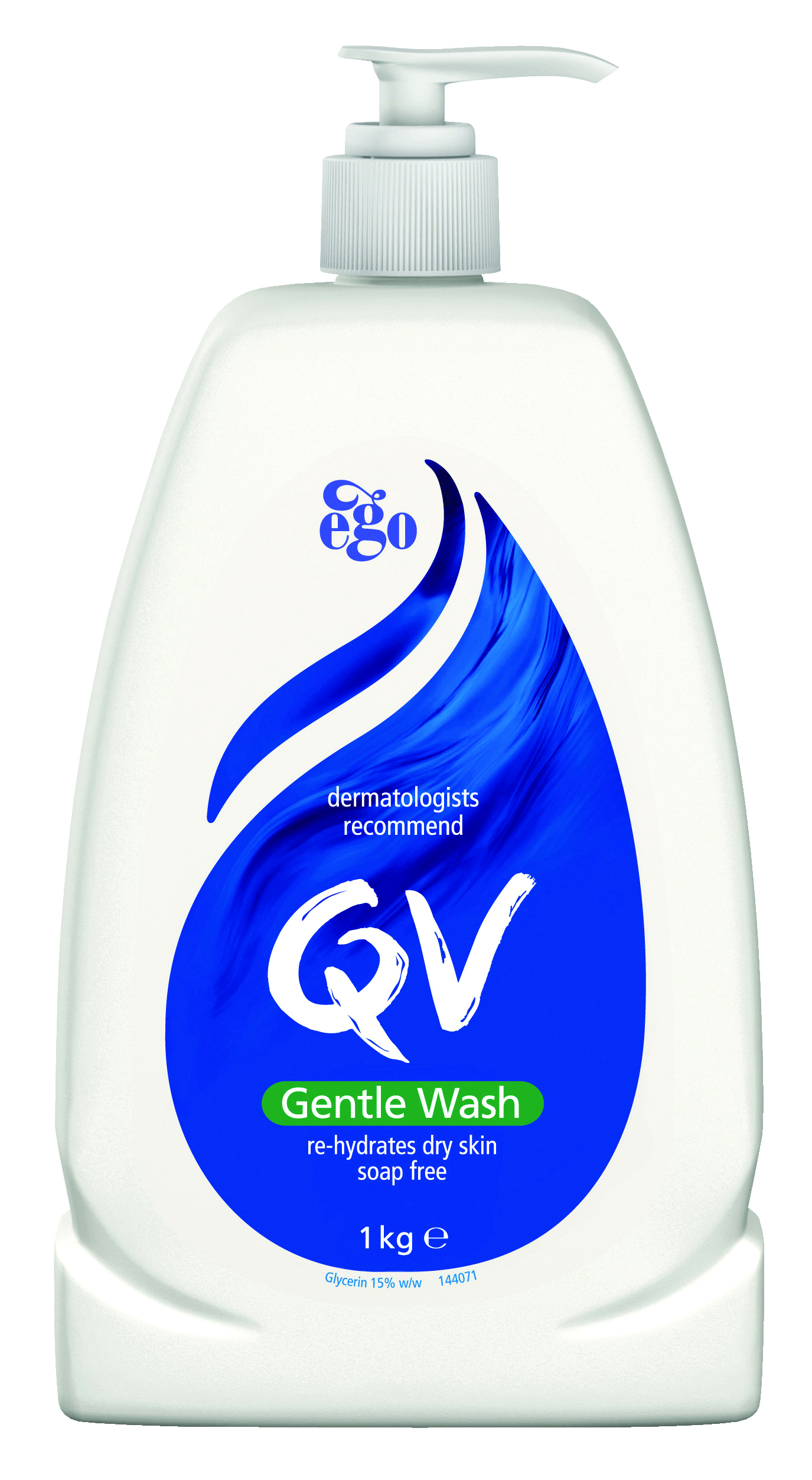Dry skin and itchy skin often go hand in hand, and they’re more common than you might think. Nearly a third of us¹, and almost everyone over 60, is affected by dry skin².
When the outer layer of skin lacks moisture, small gaps form between the cells and visible cracks appear in the skin’s surface. The underlying causes, though, are many and varied—from seasonal dryness, to the symptoms of a skin condition or the side-effect of a new medication, so it’s a good idea to talk to your doctor to work out if anything more serious is going on.
Suffering from dry skin? Here are 3 simple tips to care for extremely dry skin.
1. Skip the fragranced products
The skin barrier, which helps protect us against environmental irritants and allergens, is weakened when our skin is not properly hydrated³, so dry skin is more sensitive to irritating ingredients. Small fragrance molecules can pass through the skin barrier where they can trigger a hypersensitivity reaction in some people⁴. Fragrances are among the most common allergens, yet they’re surprisingly hard to avoid in many of today’s skincare products. If your skin frequently feels sensitive or irritated, fragrance should be the first thing to cut from your skincare routine.
2. Use a pH balanced wash
Our skin naturally has a slightly acidic pH of around 4-5 (pure water is 7), which is great for those beneficial bacteria that live on the skin’s surface and not so great for the harmful microbes, like staphylococcus aureus⁵. Soap, while very effective at removing dirt and oil, has a high pH of about 10, which can disrupt the skin barrier, causing it to dry out further, and raise the pH of skin⁵.
3. Moisturise daily
We all know that moisturisers are essential for relieving dry skin. But not all moisturisers are created equal. There are actually three different types of moisturising ingredients commonly used in skincare products: occludents (like petrolatum); emollients (like paraffinum liquidum) and humectants (like glycerin). Used alone, they can provide short-term hydration for dry skin, but when combined they work together to mimic the way skin naturally hydrates itself.
The cooler months are an ideal time to switch up your skincare routine and opt for gentler products like the QV range from Ego.
Wash
Cleanse your skin with soap-free QV Gentle Wash. Specially prepared for dry and sensitive skin, the innovative formulation with added glycerin gently cleansers while hydrating, to help ensure the skin is left clean and soft, not dry and tight. QV Gentle Wash is dermatologically tested, pH balanced, non-comedogenic, and is free from fragrance, nuts, dairy and common irritants.
Cautions: Avoid eyes. If lather enters eyes, flush immediately with clean water. If eye irritation persists, seek prompt medical advice.
Moisturise
QV Skin Lotionhelps repair and soothe dry, sensitive skin, and seal in natural moisture for 24 hour hydration. With a luxuriously light formulation, it’s easy to apply to all parts of the body. For best results, apply after your bath or shower. QV Skin lotion is pH balanced, has a low-irritant dermatological formulation, free from fragrance and colour.
Cautions: Avoid eyes, for external use only, store below 30°C.

QV Moisturising Creamis a highly concentrated moisturising cream for dry, sensitive skin. This rich, protective cream replenishes the skin and helps repair dry areas. It has a unique triple-action moisturising formula that keeps skin hydrated for up to 24 hours. It contains Squalane, a natural component found in the skin’s oil. This dermatological formula is free from fragrance, and is pH balanced.

Cautions: Avoid eyes, for external use only, store below 30°C.

References:
1. Augustin M, Wilsmann‐Theis D, Körber A, Kerscher M, Itschert G, Dippel M, et al. Diagnosis and treatment of xerosis cutis – a position paper. JDDG J Dtsch Dermatol Ges 2019;17(S7):3–33.
2. Oakley A. Dry skin [Internet]. DermNet NZ2015 [cited 2020 Oct 26];Available from: https://dermnetnz.org/topics/dry-skin/
3. Draelos ZD. The science behind skin care: Moisturizers. J Cosmet Dermatol 2018;17(2):138–44.
4. Jacob SE, Steele T. Allergic contact dermatitis: early recognition and diagnosis of important allergens. Dermatol Nurs 2006;18(5):433–9, 446.
5. Lambers H, Piessens S, Bloem A, Pronk H, Finkel P. Natural skin surface pH is on average below 5, which is beneficial for its resident flora. Int J Cosmet Sci 2006;28(5):359–70.

